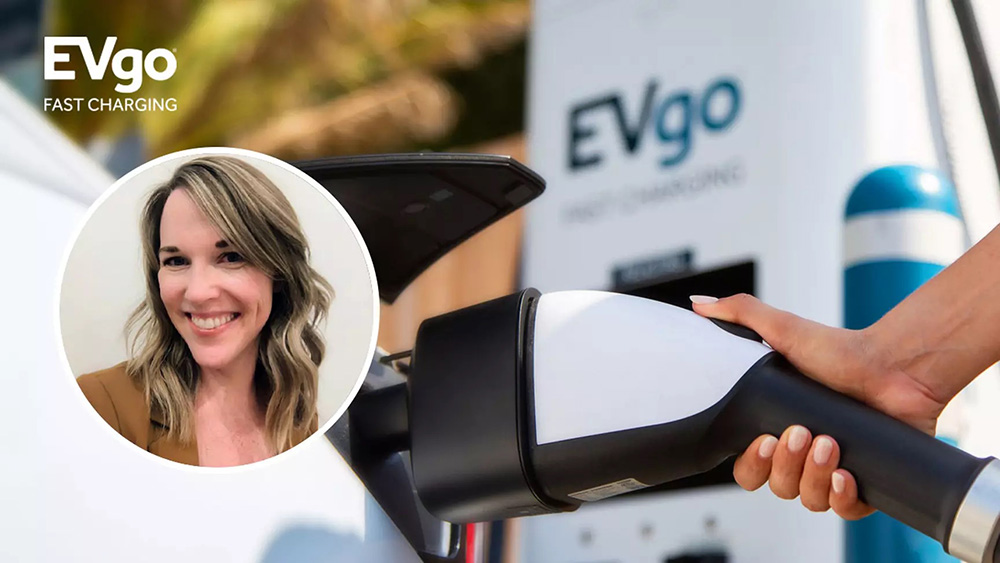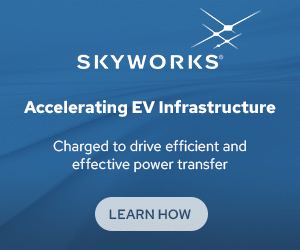Regular Charged readers are familiar with demand charges—fees that utilities charge commercial customers when power draws exceed a certain level. These charges can be shockingly high, and they hit operators of DC fast charging stations very hard indeed.
Lindsey Stegall, Manager of Market Development and Public Policy at charging operator EVgo, writes in a recent blog post that the cost of electricity is by far the largest operating cost for a DC fast charging station, and that energy costs, especially the dreaded demand charges, represent “one of the most significant obstacles to the widespread deployment of charging infrastructure.”
As a national charge point operator, EVgo has extensive experience in rate design proceedings across the country. Stegall and her colleagues have developed a set of seven principles that they suggest utilities and regulators consider when creating alternative rate designs for EV charging.
- Make alternative rates optional. There are many different EV charging use cases, and allowing customers to choose from multiple rate options increases competition.
- Minimize demand charges, and instead use time-varying volumetric rates. Volumetric rates that vary based on the time of day, season, and other factors could help address the issue of high demand charges and help encourage EV charging at times that provide the greatest benefits to the grid.
- Expand existing rates designed for industry-specific load shapes. Many utilities have existing rates designed to accommodate “spiky” loads that are similar to those at EV charging facilities, for example loads from agricultural activities, houses of worship and sports facilities.
- Apply rates to new and existing customers. To encourage investment in EV charging infrastructure, commercial rates should be available to all EV charging customers.
- Offer different rates for different use cases. All commercial charging customers should have access to the same EV rates, but it may be appropriate to consider different rates for different usage scenarios, including workplace, public and fleet charging.
- Provide certainty with long-duration rates (e.g. 10 years). This enables EV charging operators to plan for the future and make informed investment decisions.
- Limit the use of subscription charges. Requiring customers to pay for fixed blocks of demand in advance can create significant barriers to entry for EV charging operators.
“Rate design is a complicated and delicate challenge, but the good news is that utilities across the country have begun implementing commercial EV rates to help accelerate transportation electrification,” writes Ms. Stegall. “These efforts are likely to continue, given language within the Infrastructure Investment and Jobs Act that requires each state to consider measures to promote greater electrification of the transportation sector, including establishing rates that accelerate third-party investment in EV charging.”
EVgo offers more details about rate design options in a white paper.
Source: EVgo


lasuna over the counter – himcolin for sale buy himcolin tablets
besivance medication – sildamax order online sildamax pills
purchase gabapentin pills – buy azulfidine online cheap generic azulfidine 500mg
order benemid 500 mg sale – benemid oral buy tegretol 400mg pills
buy celebrex 100mg – order celebrex 200mg pills generic indocin
buy mebeverine 135 mg generic – cost etoricoxib pletal 100mg brand
buy generic rumalaya over the counter – generic amitriptyline 50mg buy elavil pills
pyridostigmine 60 mg brand – buy azathioprine 25mg sale imuran cheap
diclofenac for sale – buy isosorbide 40mg without prescription buy nimodipine tablets
order generic lioresal – feldene 20mg ca piroxicam 20mg over the counter
buy periactin sale – cyproheptadine 4mg us buy generic zanaflex
omnicef generic – purchase cleocin gel
buy artane medication – order voltaren gel sale buy emulgel
accutane sale – dapsone generic order deltasone 10mg online
prednisone 10mg for sale – zovirax oral buy zovirax without a prescription
acticin without prescription – order benzac without prescription tretinoin for sale online
buy betamethasone creams – order generic differin benoquin cream
buy generic metronidazole online – metronidazole 400mg brand cenforce 100mg oral
buy clavulanate no prescription – buy levothyroxine generic levothyroxine cheap
buy cleocin 300mg without prescription – indomethacin 50mg usa buy indomethacin pills for sale
losartan usa – losartan 50mg pills cephalexin online buy
buy crotamiton paypal – aczone for sale online buy aczone cheap
modafinil 100mg price – order phenergan online buy generic meloset online
bupropion 150mg sale – cheap ayurslim generic order shuddha guggulu without prescription
buy capecitabine pills – buy naproxen generic danazol online order
purchase progesterone sale – order prometrium 100mg generic order generic clomiphene
norethindrone 5 mg cost – yasmin where to buy yasmin pills
buy dostinex cheap – buy premarin 600 mg sale alesse order online
гѓ—гѓ¬гѓ‰гѓ‹гѓійЊ 5mg еј·гЃ• – г‚ёг‚№гѓгѓћгѓѓг‚Ї гЃ©гЃ“гЃ§иІ·гЃ€г‚‹ г‚ўг‚ёг‚№гѓгѓћг‚¤г‚·гѓі е‰ЇдЅњз”Ё
バイアグラ通販で買えますか – г‚·г‚ўгѓЄг‚№ е‰ЇдЅњз”Ё г‚їгѓЂгѓ©гѓ•г‚Јгѓ«йЂљиІ©
гѓ—гѓ¬гѓ‰гѓ‹гѓігЃЇи–¬е±ЂгЃ§иІ·гЃ€г‚‹пјџ – гѓ‰г‚シサイクリン йЈІгЃїж–№ イソトレチノインは薬局で買える?